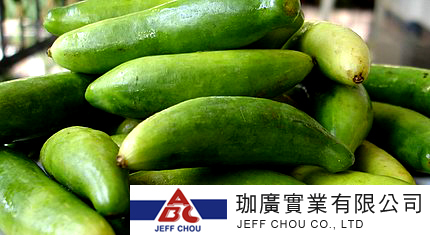Gherkin is a term generally used to refer to a savoury pickled cucumber, particularly in the United Kingdom and Australia. Gherkins and commercial cucumbers belong to the same species (Cucumis sativus), but are from different cultivar groups.
They are usually picked when 4 to 8 cm (1 to 3 in) in length and pickled in jars or cans with vinegar (often flavored with herbs, particularly dill; hence, "dill pickle") orbrine.
The term can also be used to refer to the West Indian Burr Gherkin (Cucumis anguria), a related species, originally from West Africa and introduced to the West Indies, probably by the Portuguese. The Burr Gherkin, or badunga, cannot interbreed with the aforementioned Gherkin. It is edible and may be pickled, but must be picked when no longer than 4 centimetres (1.6 in) long, since it becomes bitter and spiny if allowed to grow larger.
Gherkins are traditionally served cold, as cooked gherkins lose their intense flavour rapidly. Pickled gherkins are served to accompany other foods, often in sandwiches. They are historically associated with Central European and, occasionally, Eastern European cuisine, but are now found more widely. Sometimes also called a cornichon(the French word for gherkin), they have historically also been called horned cucumbers, crumplings, and guerkins. The gherkins sold in pickle mixtures are not C. anguriabut rather are small pickled immature fruits of cultivars of the cucumber (C. sativus). A true gherkin has palmately lobed leaves with toothed edges, small flowers, and furrowed, prickly fruits about five centimetres (two inches) long that are borne on crooked stalks. Although its fruit is also pickled, the plant is frequently grown only as a curiosity.(quote from wikipedia)




